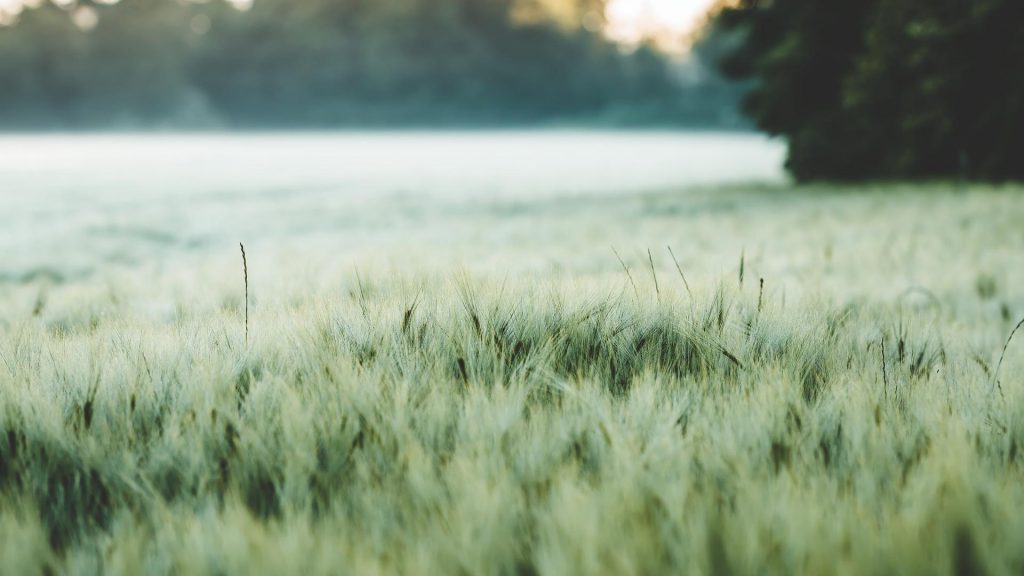Although it is difficult to associate a specific foodstuff with Aragon, the fact is that it is a major producing region. Of all the agricultural raw materials in Spain, more than 10% originate from this autonomous region.
Let’s take a closer look at Aragon’s most important crops and find out what makes them so special.
- Cereals. Aragon stands out for the cultivation of winter cereals, which occupied an area of 786,185 ha. in 2021 and generated a production of 2,826,105 mt. By cereal species, the most important extensive crop in the region is barley, occupying more than 50% of the cultivated area and with a production of 1,698,359 mt. It is followed by soft wheat and durum wheat, which have been growing in recent years, oats and rye.
- Rice. The cultivation of this cereal was marginal for many years in Aragon, but in the last half century it has recovered, especially in Huesca and Zaragoza, with an area of 6,013 ha. This is the fifth largest producing region in Spain, and it does so on new land irrigated by the cold, clean water of the Pyrenees. The result is a small, round-grained rice which, in the kitchen, easily takes on the flavours of the ingredients that accompany it. This area is considered to be the most difficult to grow rice in, because the climate is a major constraint. For this reason, Aragonese rice producers deserve special recognition.
- Stone fruit. Aragon leads in the production of sweet stone fruit with an annual average of approximately 650,000 tonnes, including apricots, peaches, plums, cherries and nectarines, and a surface area of 40,000 hectares spread throughout the region. One of the region’s best-known fruits is the Calanda peach, which has a Protected Designation of Origin (PDO). They are fruits of the “late yellow” variety, which are characterised by their colour between creamy yellow and straw yellow, and may have a red tinge.
- Summer vegetable. Aragon also has an orchard that produces a variety of vegetables. In the summer season, aubergines, green beans, red cabbage and borage stand out. The latter is one of the most typical vegetables in the region and has a great culinary tradition.
- Olive groves. The olive tree has been cultivated in Aragon for centuries and extends from the north of Teruel to the Pyrenees (Huesca). Among the varieties grown, the Empeltre stands out, which is characterised by the quality of the oil it produces. The ‘liquid gold’ in Aragon has two protected designations of origin (PDO): Aceite del Bajo Aragón and Aceite Sierra del Moncayo.
What other Aragonese crops could you highlight? We read you!

